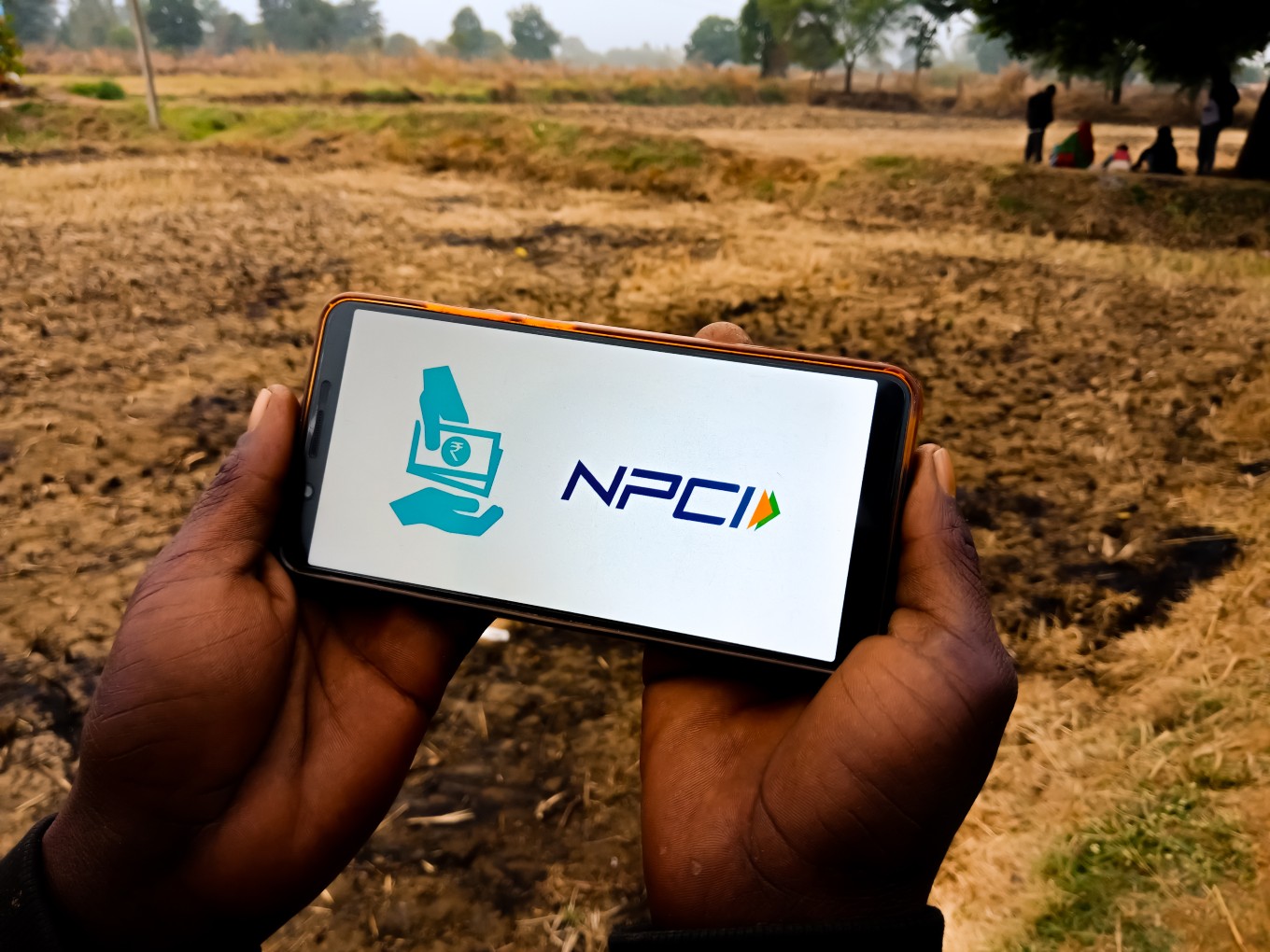
The failure rate for IMPS (Immediate Payment Service) and UPI (Unified Payments Interface) transactions bounced up sharply on the first day of the new fiscal year, April 1, as the core banking systems of India’s leading banks saw a failure and weren’t available to process these transactions.
These systems are understood to have not been functioning in full strength due to increased stress on the systems during the financial year-end processing. The National Payments Corporation of India (NPCI), an umbrella organisation for all retail payment systems in India, acknowledged the development on Twitter.
On April 2, NPCI tweeted: “The financial year-end closing had led to some UPI and IMPS transaction failures at few banks. We have observed that most of these bank systems are back to normal since last evening. Customers may avail uninterrupted IMPS and UPI services.”
According to an ET report, an estimated 4.5 Lakh transactions were affected, triggering a flood of complaints to the NPCI on Twitter. The outage, though far from being large-scale or indicative of a systemic vulnerability, highlights the risks associated with the rapid scaling of 24×7 instant payment systems.
To counter the same, NPCI last month, issued the SOP for the implementation of its 30% cap on the market share for third-party application providers (TPAPs) facilitating UPI transactions.
As per the new rules, no TPAP such as Google Pay or PhonePe would be allowed to process more than 30% of all transactions on the UPI network. NPCI had previously said that the rule would help ensure that the UPI network isn’t dominated by a few big players, as well as guard against an overload of the UPI infrastructure.
“With over 500 Mn smartphones, 1.2 Bn Aadhaar users and 1 Bn mobile phones, it is possible to increase the UPI user base 5x in the next three to five years, aspiring to achieve a billion transactions a day on this fully interoperable platform that UPI is. Truly, UPI has the potential to be one of the first of its kind with the fully interoperable systems, and with the participation of the banks and fintech companies collaborating together,” read the NPCI SOP.
Meanwhile, last month saw UPI again record growth in the total number of transactions, after a slight decline in February. The National Payments Corporation of India (NPCI) has recorded a 19% increase in UPI transactions on a month-on-month (MoM), from 2.29 Bn in February 2021 to 2.73 Bn in March 2021.
The value of transactions has increased at the same rate, from INR 4.2 Lakh Cr in February to INR 5.04 Lakh Cr in March.
The post NPCI Fixes System Glitch Behind High UPI, IMPS Failure Rate On April 1 appeared first on Inc42 Media.
0 Comments